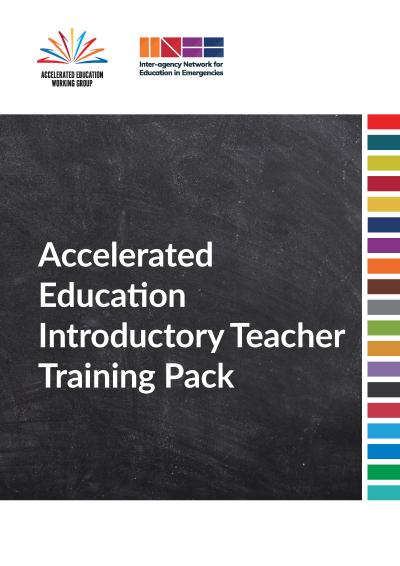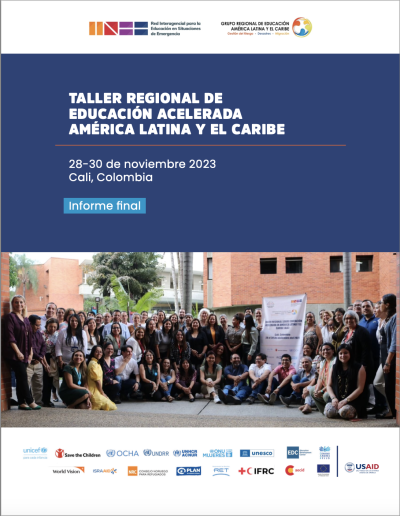Accelerated Education
Globally, there are about 105 million out of school children in emergencies (OOSCiE); this includes children aged 3 until the expected age of completion of upper secondary. About 52% of all OOSCiE live in eight countries alone: Ethiopia, Pakistan, Afghanistan, Sudan, DR Congo, Myanmar, Mali, and Nigeria. These OOSCiE are out of school, either because they never started, or because they dropped out after enrolment. The most marginalized are most at risk, including forcibly displaced children and young people, ex-combatants, girls, and children and youth with disabilities. With each missed school year, there is a greater likelihood that these learners will be unable to return to formal education, resulting in greater risks to their protection. It is estimated that about 24 million learners, from pre-primary to university level, are at risk of not returning to school in 2020 following the education disruption due to COVID-19 (UNESCO, 2020)
So how can we provide education opportunities for the millions of disadvantaged, over-age, out-of-school children and youth? Accelerated Education can be a pivotal strategy that addresses this need.
What is Accelerated Education?
Accelerated Education (AE) is a flexible, age-appropriate program run in an accelerated time frame, which aims to provide access to education for disadvantaged, over-age, out-of-school children and youth. This may include those who missed out on or had their education interrupted by poverty, marginalization, conflict, and crisis. The goal of Accelerated Education Programmes (AEPs) is to provide learners with equivalent, certified competencies for basic education using effective teaching and learning approaches that match their level of cognitive maturity.
National education policies frequently prevent learners from enrolling in primary school after a certain age. Older students who are able to enroll in formal education systems are much more likely to drop out early, and when there is an influx of over age learners, there is not only the potential problem of further overcrowding classrooms and difficult teaching conditions with multiple age ranges but there are also considerable protection risks in mixing older and younger children in one class. Certified Accelerated Education Programmes are a key strategy to allow these over-age learners to access an age-appropriate education.
AEPs reduce the number of years in a learning cycle and allow learners to complete a certified, equivalent level of education in a shortened time frame. Once the AEP has been completed, it is hoped that learners will reintegrate into the regular formal schooling system, enter into skills-based technical and vocational education, or directly into the workforce with certified literacy and numeracy skills in place.
The structure of AEPs varies: in their pace of acceleration, the age ranges they target, and the approach to teaching and learning they employ.
For more detail on AE please see the AE FAQs developed in collaboration with the Global Education Cluster.
For information on INEE’s AE work, please visit the Accelerated Education Working Group (AEWG) webpage.
Watch this video to learn more about the AEWG and AE. Additional videos on AE in Colombia and Nigeria are also available.
This collection was developed with the support of Martha Hewison, INEE AEWG Coordinator.








